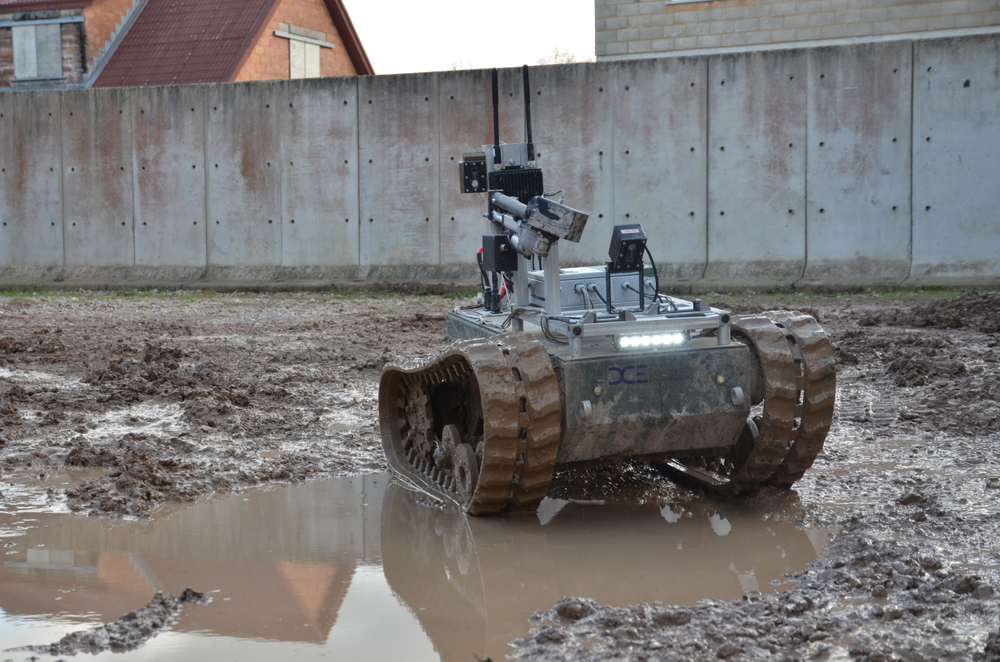
Implementing autonomous-vehicle technology would make U.S. Army convoys safer by reducing the number of service members needed to operate the vehicles, according to a study by RAND Corp., a research organization that develops solutions to public policy challenges.
“With current technology, human operators are still required to monitor the driving environment and regain control when the autonomous systems are unable to handle the situation,” Shawn McKay, lead author of the study and a senior engineer with RAND, said. “When you have a convoy of several vehicles driving autonomously and one halts due to an obstacle the autonomous system cannot handle, you have a situation where the convoy becomes vulnerable.”
Three autonomous vehicle concepts were examined for the study. The first was an unmanned, fully autonomous concept. The second featured a lead truck with soldiers followed by unmanned vehicles in a convoy while the third featured a soldier in the driver’s seat of the follower trucks to monitor the automated system and driving environment.
RAND found that the fully autonomous convoy would put 78 percent fewer soldiers at risk, the partially unmanned convoy would put 37 percent fewer soldiers at risk, and the minimally manned Army convoy put 28 percent fewer soldiers at risk.




